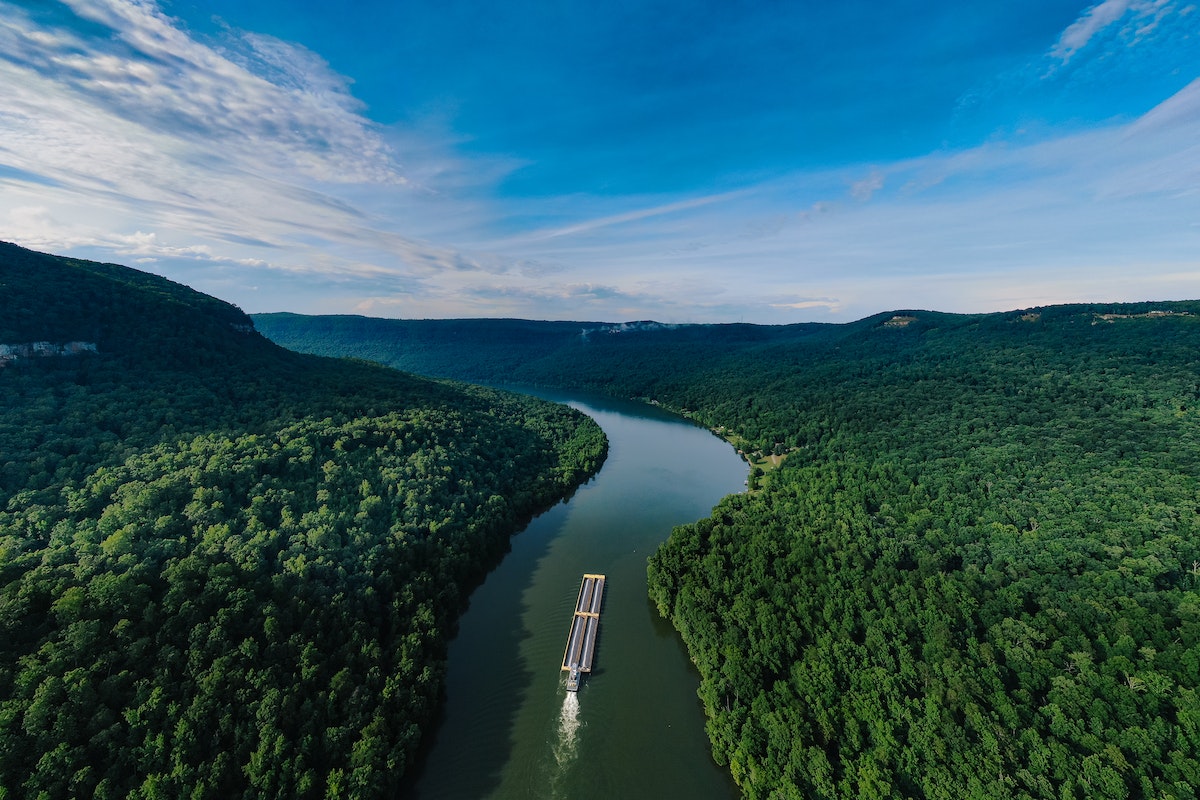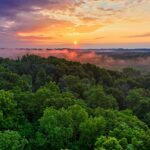Are you curious about the length of the Amazon River?
You might have heard that it’s the longest river in the world, but is that accurate?
The question how long is the Amazon River? arises.
The truth is, no, it’s not the longest river.
The title for the longest river goes to the Nile River, spanning approximately 4,132 miles.
However, the Amazon River comes in a close second, with a length of around 4,000 miles.
Despite not being the longest river in the world, the Amazon River is still an impressive feat of nature.
It is the largest river in terms of water volume and drainage area, and it is home to an incredibly diverse ecosystem.
The river flows through several countries in South America, including Peru, Colombia, and Brazil, and is an important resource for the people who live along its banks.
In this article, we will explore the length of the Amazon River in more detail and learn some fascinating facts about this incredible natural wonder.
Post Contents
Overview of the Amazon River
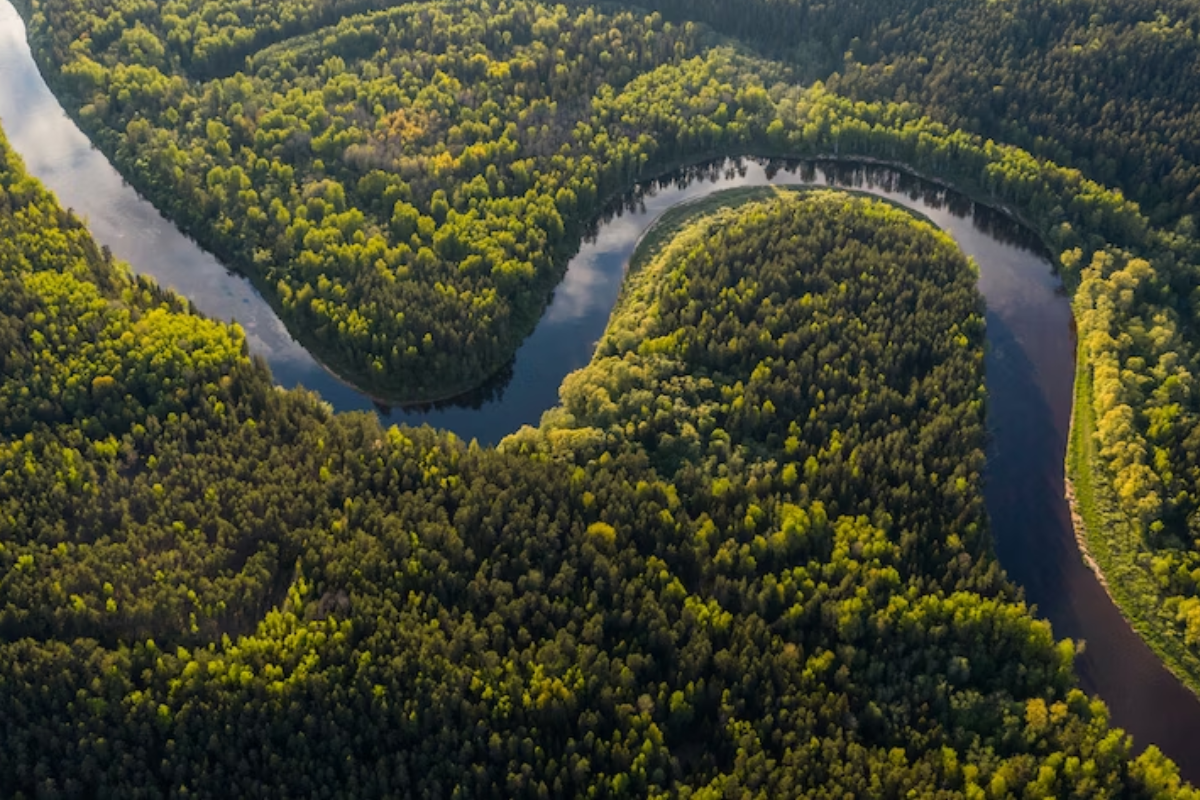
The Amazon River is the largest and second-longest river in the world, after the Nile River.
It flows through South America, specifically through Brazil, Peru, Colombia, and several other countries.
The river has a total length of approximately 4,000 miles (6,400 km), but recent studies suggest that it might be longer than that.
The Amazon River originates in the Andean Mountains of Peru, where two major rivers, the Ucayali and the Marañón, come together.
From there, the river flows eastward through the Amazon Rainforest, which is the largest tropical rainforest in the world.
The Amazon Basin, which is the drainage basin of the river, covers an area of approximately 2.7 million square miles (7 million square km) and is home to a vast array of plant and animal species.
The Amazon River is known for its high discharge, which is the volume of water that flows through it.
The river has an average discharge of about 215,000-230,000 cubic meters per second, which is greater than the next seven largest independent rivers combined.
The river is also home to several tributaries, including the Madeira, Purus, and Negro rivers, which are among the largest in the world.
The Amazon River plays a crucial role in the lives of the people who live along its banks.
It provides a source of food, water, and transportation for millions of people.
The river is also an important economic resource, as it supports industries such as fishing, agriculture, and tourism.
However, the river is also facing several threats, including deforestation, pollution, and climate change, which could have a significant impact on the health of the river and the people who depend on it.
How Long Is the Amazon River
If you’re wondering about the length of the Amazon River, you’ve come to the right place.
In this section, we’ll explore the source, length, and width of the Amazon River.
Source of the Amazon River
The Amazon River originates from the Andes Mountains in Peru, where the Apurímac River and the Marañón River meet.
The source of the Amazon River is located in the Mantaro River watershed in the Peruvian Andes, at an altitude of more than 5,000 meters above sea level.
Length of the Amazon River
The length of the Amazon River has been a topic of debate for many years.
According to recent geological studies, the total length of the Amazon River is at least 4,000 miles (6,400 km), making it the second-longest river in the world after the Nile River.
The Amazon River flows through several countries, including Ecuador, Bolivia, Venezuela, Colombia, and Brazil, before emptying into the Atlantic Ocean near Marajó Island.
Width of the Amazon River
The width of the Amazon River varies depending on the location.
At its widest point, the river can be up to 24.8 miles (40 km) wide during the rainy season.
However, during the dry season, the river can be as narrow as 1.2 miles (2 km) wide.
The Amazon River basin is the largest river basin in the world, covering an area of approximately 2.7 million square miles (7 million square km).
The basin is home to a diverse range of plant and animal species, including the pink river dolphin, the giant otter, and the Amazonian manatee.
Flow and Volume of the Amazon River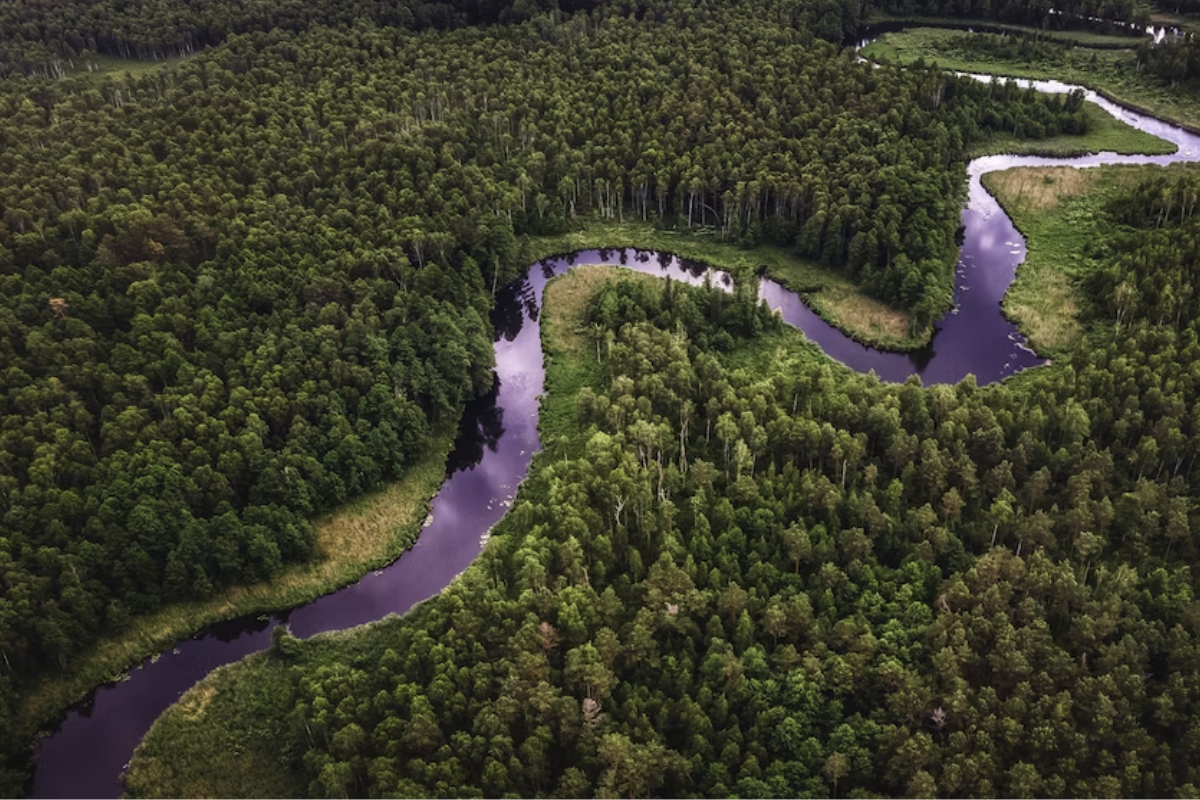
The Amazon River is the largest river in the world in terms of the volume of water it discharges into the Atlantic Ocean.
The river is fed by a vast network of tributaries, including the Ucayali, Apurímac, Madeira, Rio Negro, Purús, Pará, and Tocantins rivers, among others.
Flow of the Amazon River
The flow of a river is the amount of water that passes through a given point in the river per unit time.
The flow of the Amazon River is incredibly high, with an average discharge of about 215,000-230,000 m3/s (7,600,000-8,100,000 cu ft/s).
This is approximately 6,591-7,570 km3 (1,581-1,816 cu mi) per year, which is greater than the next seven largest independent rivers combined.
The Amazon River is a freshwater river, meaning that it carries water that is not salty.
The source of the Amazon River is the Nevado Mismi mountain in Peru, where the Mantaro River, the Ucayali River, and the Marañón River converge.
From there, the river flows through Peru, Brazil, and several other countries before emptying into the Atlantic Ocean.
Volume of the Amazon River
The volume of a river is the amount of water that flows through the river per unit time.
The volume of the Amazon River is immense, with a total length of at least 4,000 miles (6,400 km), which makes it slightly shorter than the Nile River.
The volume of the Amazon River is so large that it accounts for about one-fifth of the world’s total river flow.
The Amazon River is also home to two of the top ten rivers by discharge, which are tributaries of the Amazon River.
These are the Ucayali-Apurímac river system and the Rio Negro.
The Ucayali-Apurímac system is the main source of the Amazon River, while the Rio Negro is the largest tributary of the Amazon River.
Ecology and Wildlife of the Amazon River
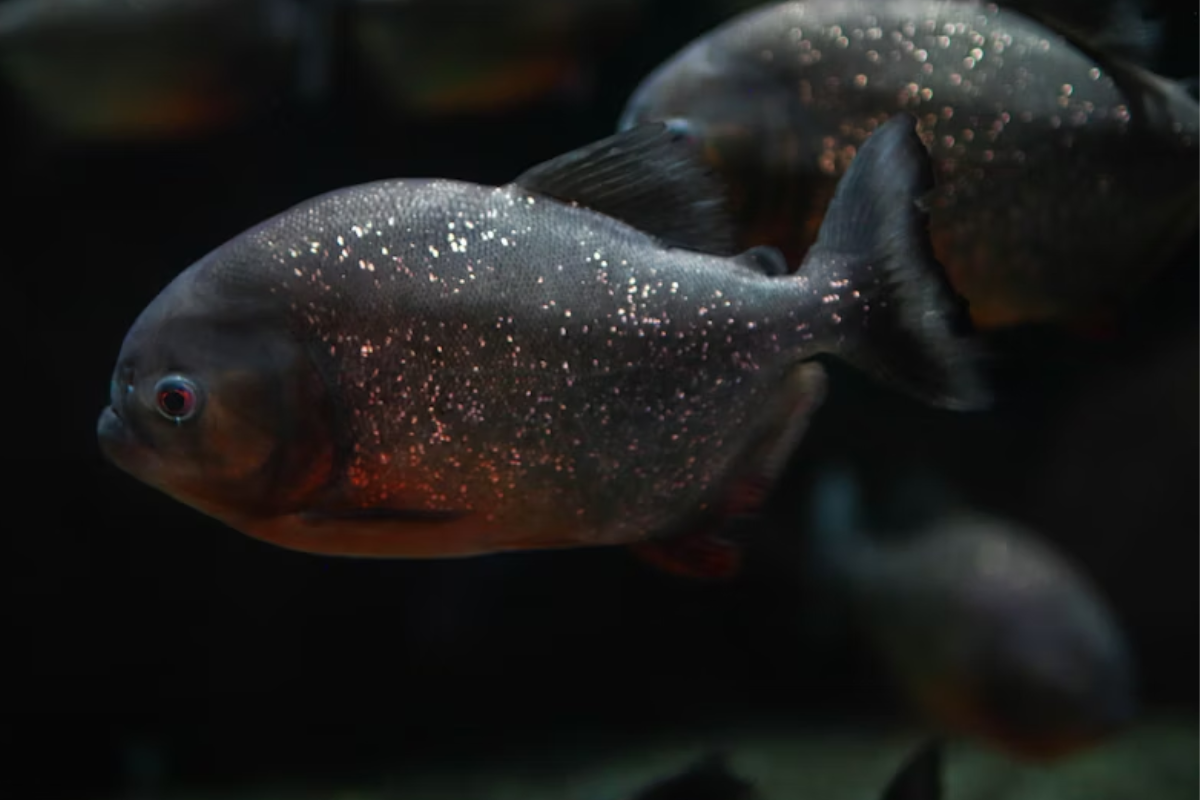
The Amazon River is home to an incredible array of wildlife and is one of the most biodiverse regions in the
Here are some of the fascinating creatures that call the Amazon River home:
Amazon River Dolphin
The Amazon River Dolphin, also known as the pink river dolphin, is a unique species of freshwater dolphin that is found exclusively in the Amazon River and its tributaries.
These dolphins are known for their distinctive pink color and are an important part of the river’s ecosystem. They are also considered to be a keystone species, meaning that their presence is essential for maintaining the health and balance of the river’s ecosystem.
Endangered Species
The Amazon River is home to a number of endangered species, including the giant otter, the manatee, and the black caiman.
These animals are under threat from habitat loss, hunting, and pollution, and their survival is crucial for the health of the river’s ecosystem.
Piranhas and Caimans
Piranhas and caimans are two of the most well-known predators in the Amazon River.
Piranhas are known for their sharp teeth and aggressive behavior, while caimans are large, powerful reptiles that can grow up to 14 feet in length.
Despite their fearsome reputation, both piranhas and caimans play an important role in the river’s ecosystem as top predators.
Anacondas
The Amazon River is also home to the green anaconda, one of the largest snakes in the world.
These massive snakes can grow up to 30 feet in length and are known for their incredible strength and ability to swallow prey whole.
While they may seem intimidating, anacondas are an important part of the river’s ecosystem and help to control the populations of other animals.
Overall, the Amazon River is a fascinating and complex ecosystem that is home to a wide variety of wildlife. From the pink river dolphin to the green anaconda, each species plays an important role in maintaining the health and balance of the river’s ecosystem.
Human Interaction with the Amazon River
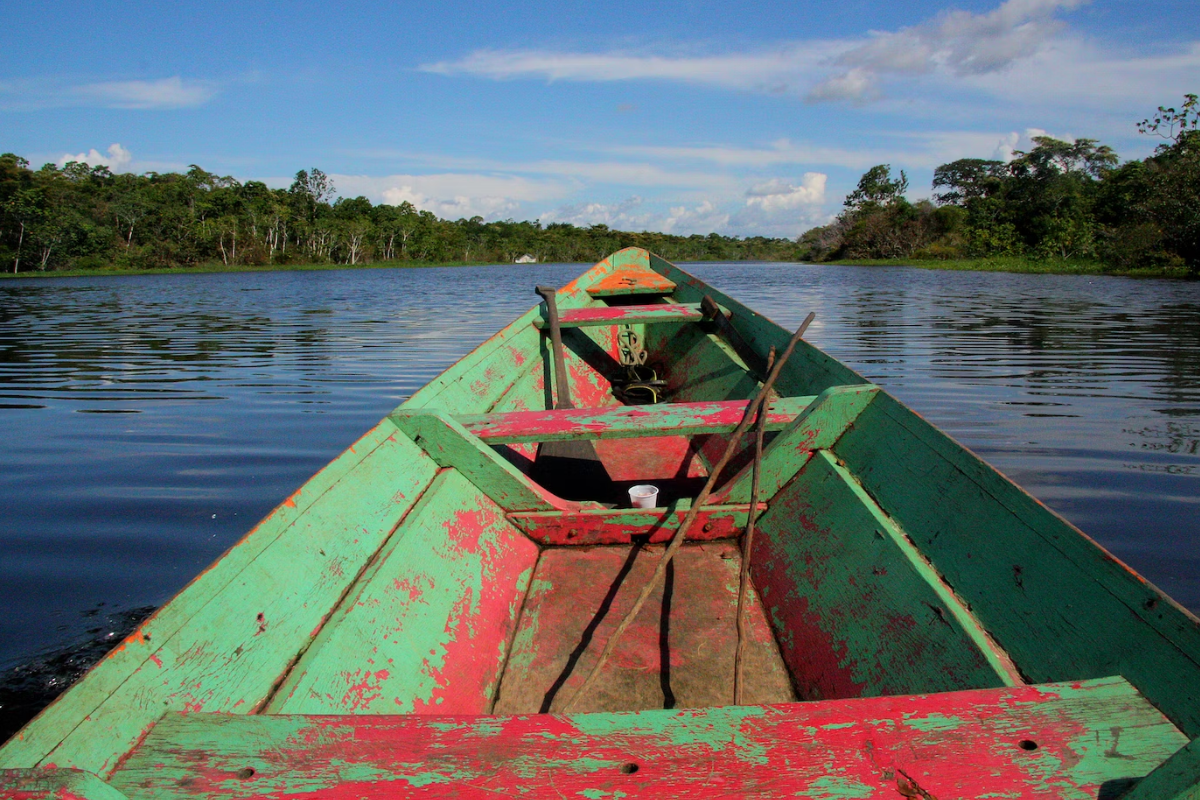
The Amazon River is a vital resource for the people who live along its banks.
It provides transportation, food, water, and other resources. However, human interaction with the river has also had a significant impact on the environment.
Boats and Canoes
Boats and canoes are the primary means of transportation along the Amazon River.
They are used to transport people, goods, and animals.
The boats vary in size, from small canoes to large cargo ships. Many boats are powered by diesel engines, which can be harmful to the environment.
However, some boats are powered by renewable energy sources, such as solar power.
Bridges and Roads
Bridges and roads have been built along the Amazon River to connect communities and facilitate transportation.
However, these structures have also had a significant impact on the environment.
The construction of roads and bridges has resulted in deforestation, which has led to soil erosion and the loss of habitat for wildlife.
The Trans-Amazonian Highway is a 4,000-kilometer road that runs through the Amazon rainforest.
It was built in the 1970s to promote economic development in the region.
However, the road has had a significant impact on the environment.
The construction of the road has led to deforestation, soil erosion, and the loss of habitat for wildlife.
In conclusion, human interaction with the Amazon River has had both positive and negative impacts on the environment.
While boats and canoes provide essential transportation, the use of diesel engines can be harmful to the environment.
Similarly, while bridges and roads can connect communities, their construction can lead to deforestation and the loss of habitat for wildlife.
Weather and Seasons of the Amazon River
The Amazon River is located in the heart of the Amazon rainforest, which is known for its hot and humid climate.
The weather in the Amazon region is characterized by two main seasons: the wet season and the dry season.
Wet Season
During the wet season, which lasts from December to May, the Amazon region experiences heavy rainfall and high humidity.
The rainforest receives an average of 9 feet (2.7 meters) of rainfall during this season.
The rivers and streams in the region swell, and the water levels rise, flooding the surrounding forests and creating vast wetlands.
The wet season is an excellent time to explore the Amazon River, as the higher water levels allow boats to navigate deeper into the rainforest.
You can witness a variety of wildlife during this time, including monkeys, birds, and reptiles.
Dry Season
The dry season, which lasts from June to November, is characterized by lower humidity and less rainfall.
The rivers and streams in the region shrink, and the water levels drop, revealing beaches and sandbars.
The dry season is an excellent time to explore the Amazon River’s tributaries, as the lower water levels allow for easier navigation.
During the dry season, you can witness the Amazon’s unique wildlife, including pink river dolphins, jaguars, and giant otters.
The dry season is also an excellent time to visit the indigenous communities that live along the riverbanks.
Key Takeaways
If you’re curious about the length of the Amazon River, here are a few key takeaways to keep in mind:
- The Amazon River is the second longest river in the world, after the Nile. However, the exact length of the Amazon has been a topic of debate among scientists for many years.
- In 2007, a group of scientists determined that the Amazon River is at least 4,000 miles (6,400 km) long, which is slightly shorter than the Nile River. However, other estimates have put the length of the Amazon at closer to 4,345 miles (6,992 km).
- The Amazon River is known for its incredible biodiversity, with thousands of species of plants and animals living in and around the river. Some of the most famous Amazonian animals include jaguars, anacondas, and pink river dolphins.
- The Amazon River is also an important source of freshwater for the millions of people who live in the region. However, the river is facing a number of environmental threats, including deforestation, pollution, and climate change.
- Despite these challenges, efforts are underway to protect the Amazon River and its surrounding ecosystems. By supporting sustainable development and conservation initiatives, we can help ensure that this incredible natural wonder remains intact for generations to come.







